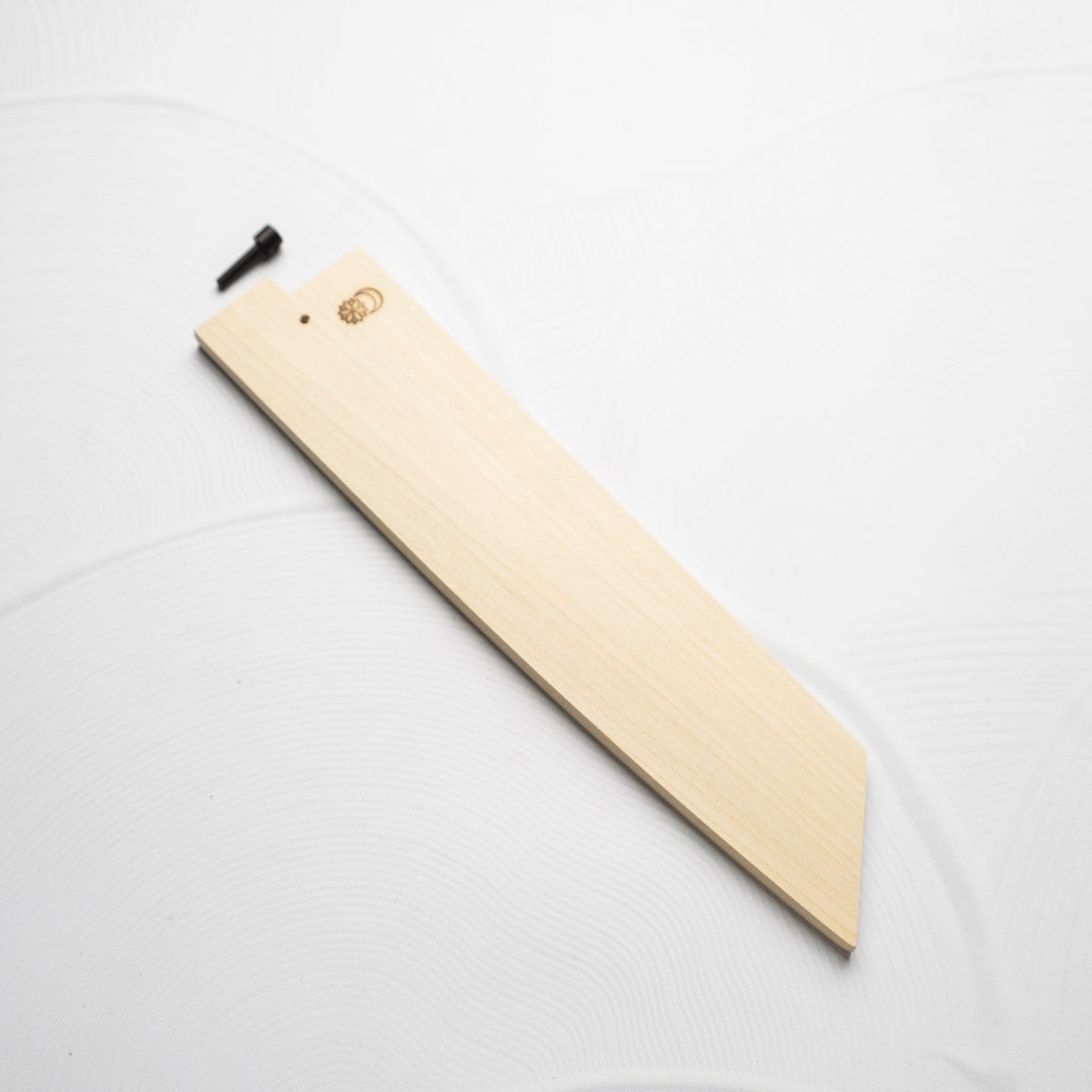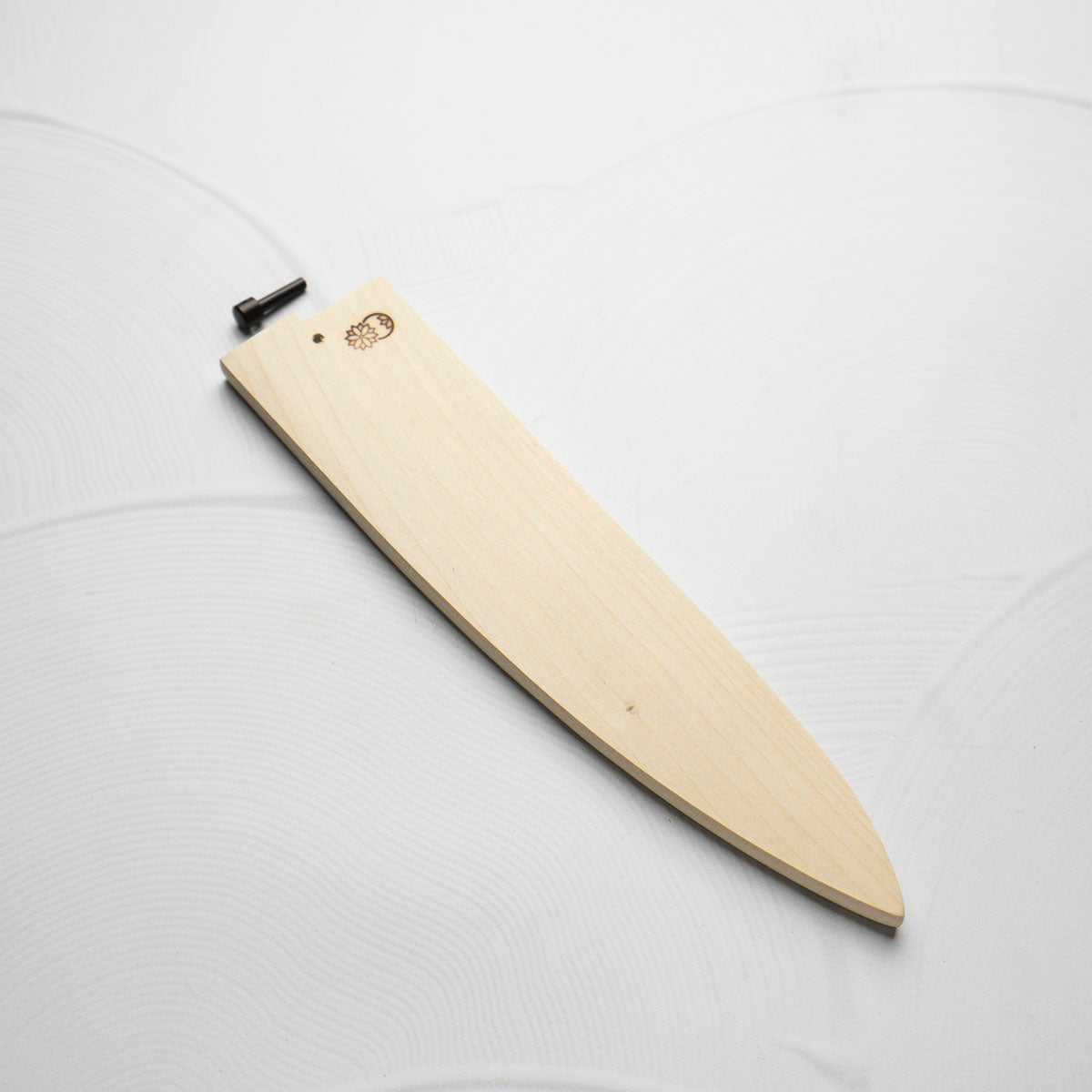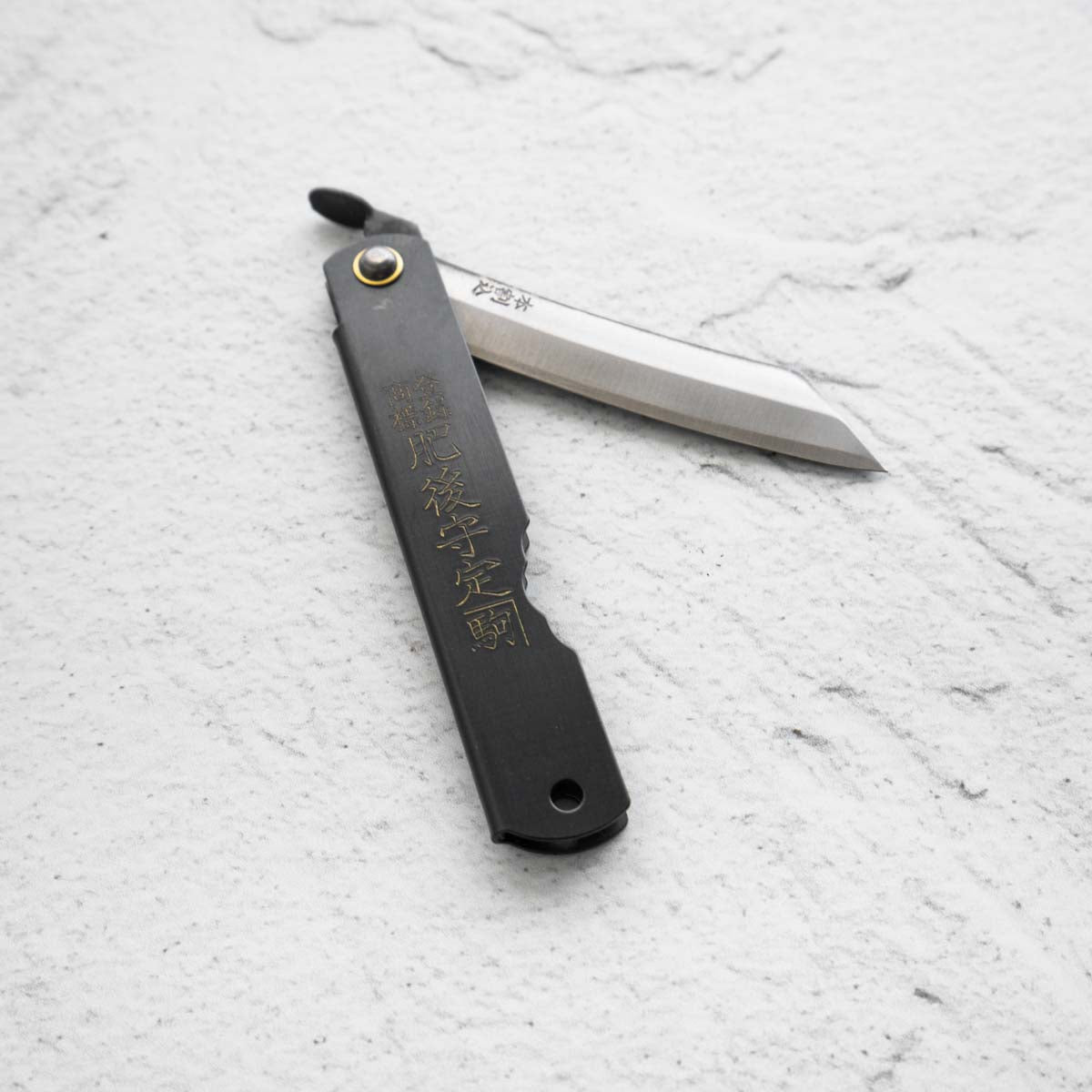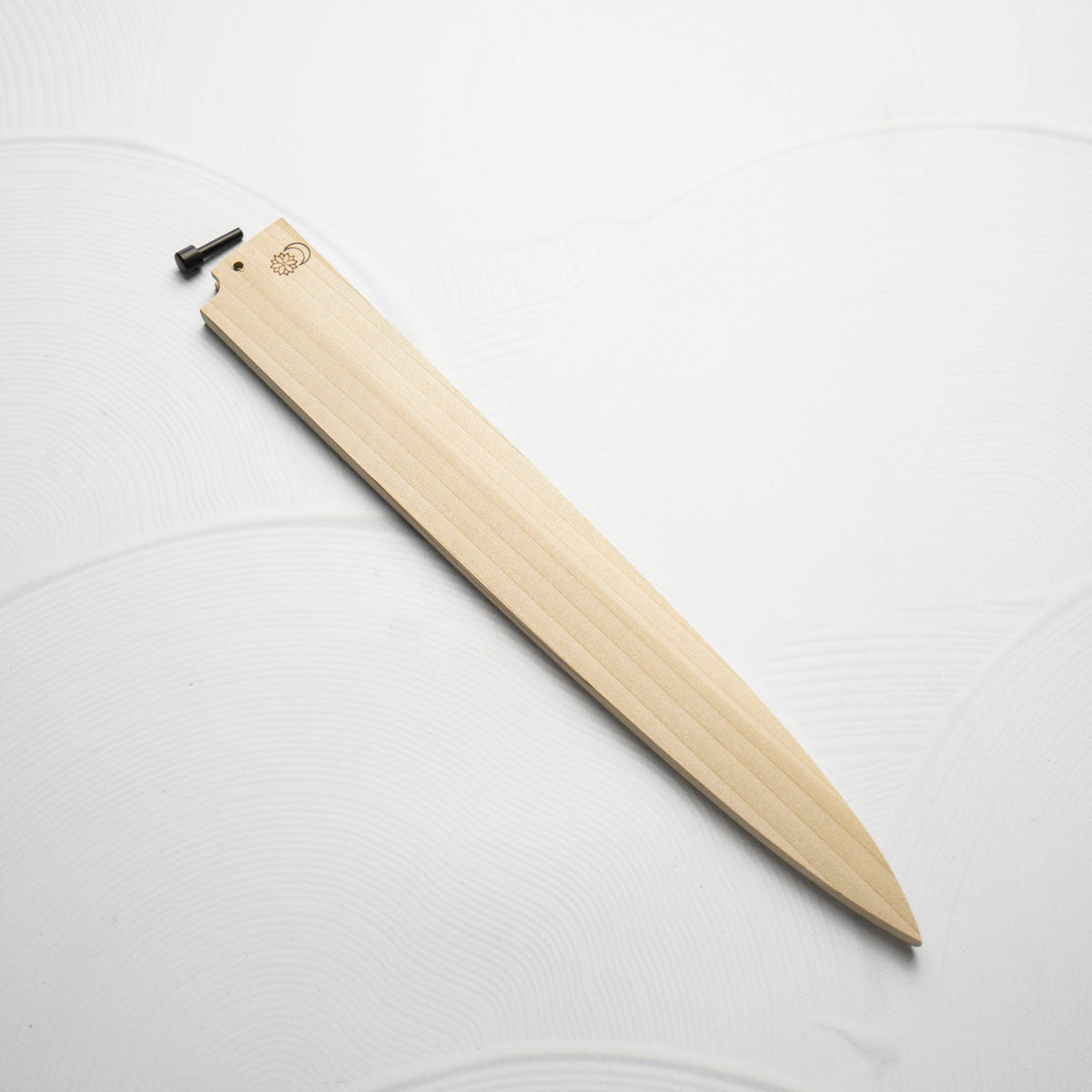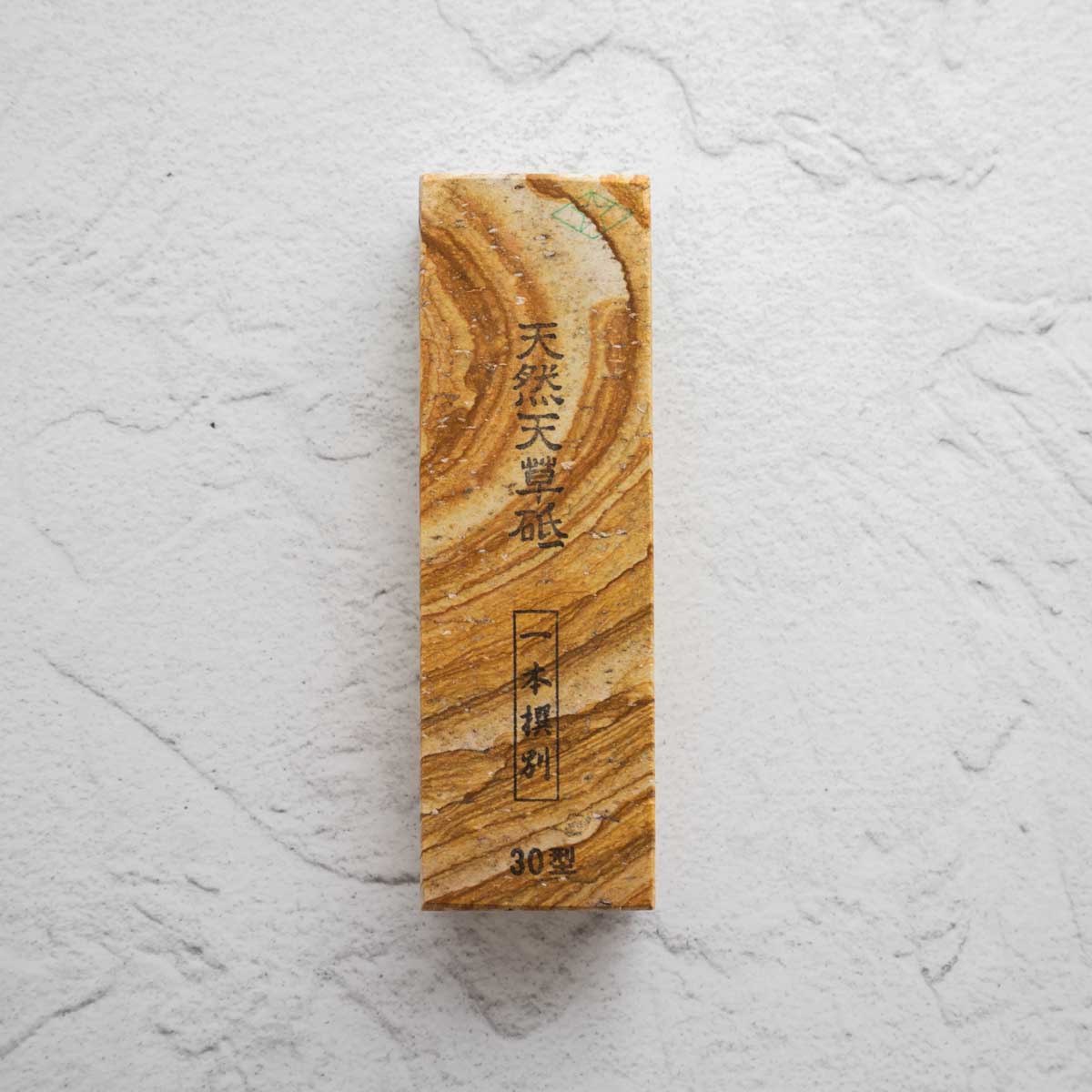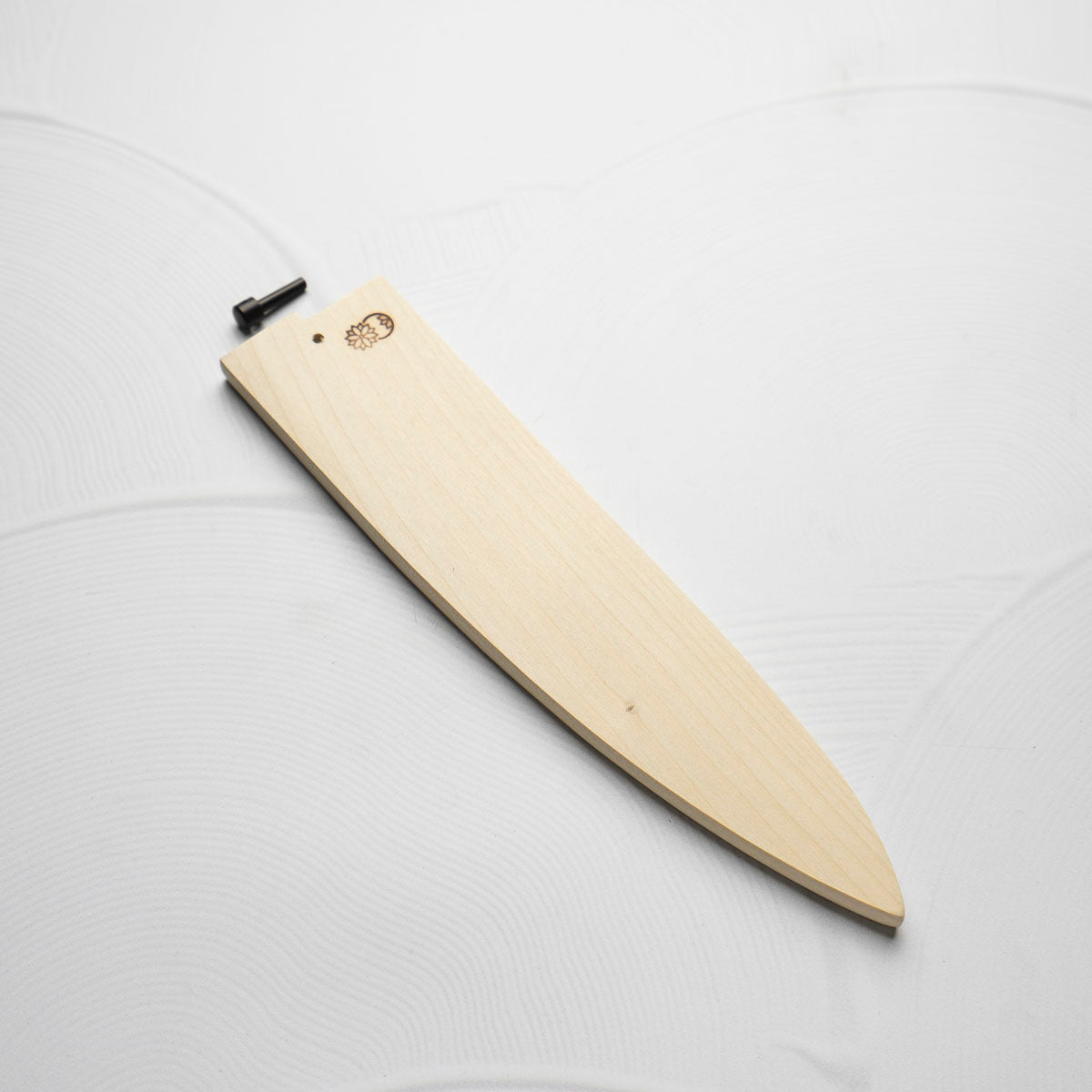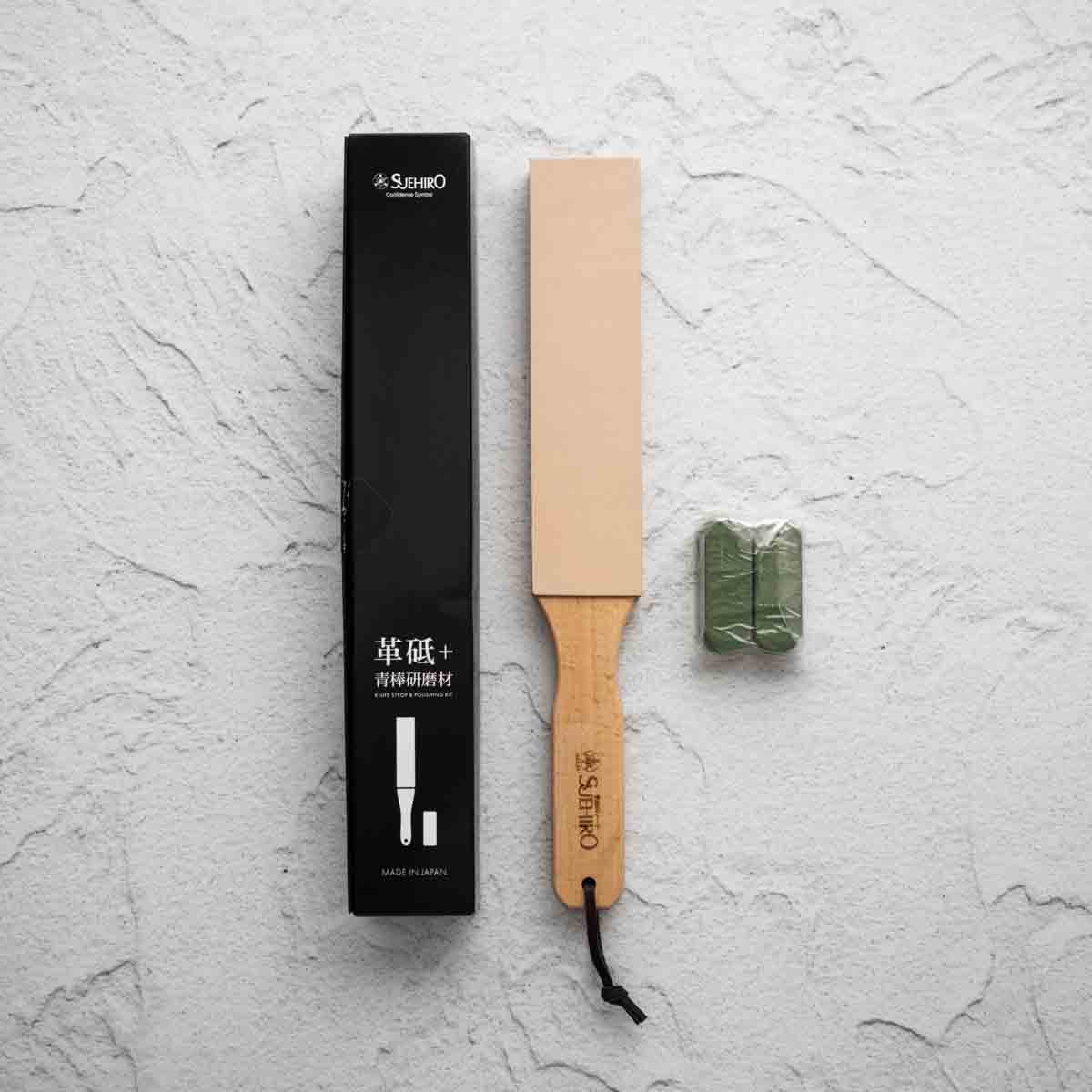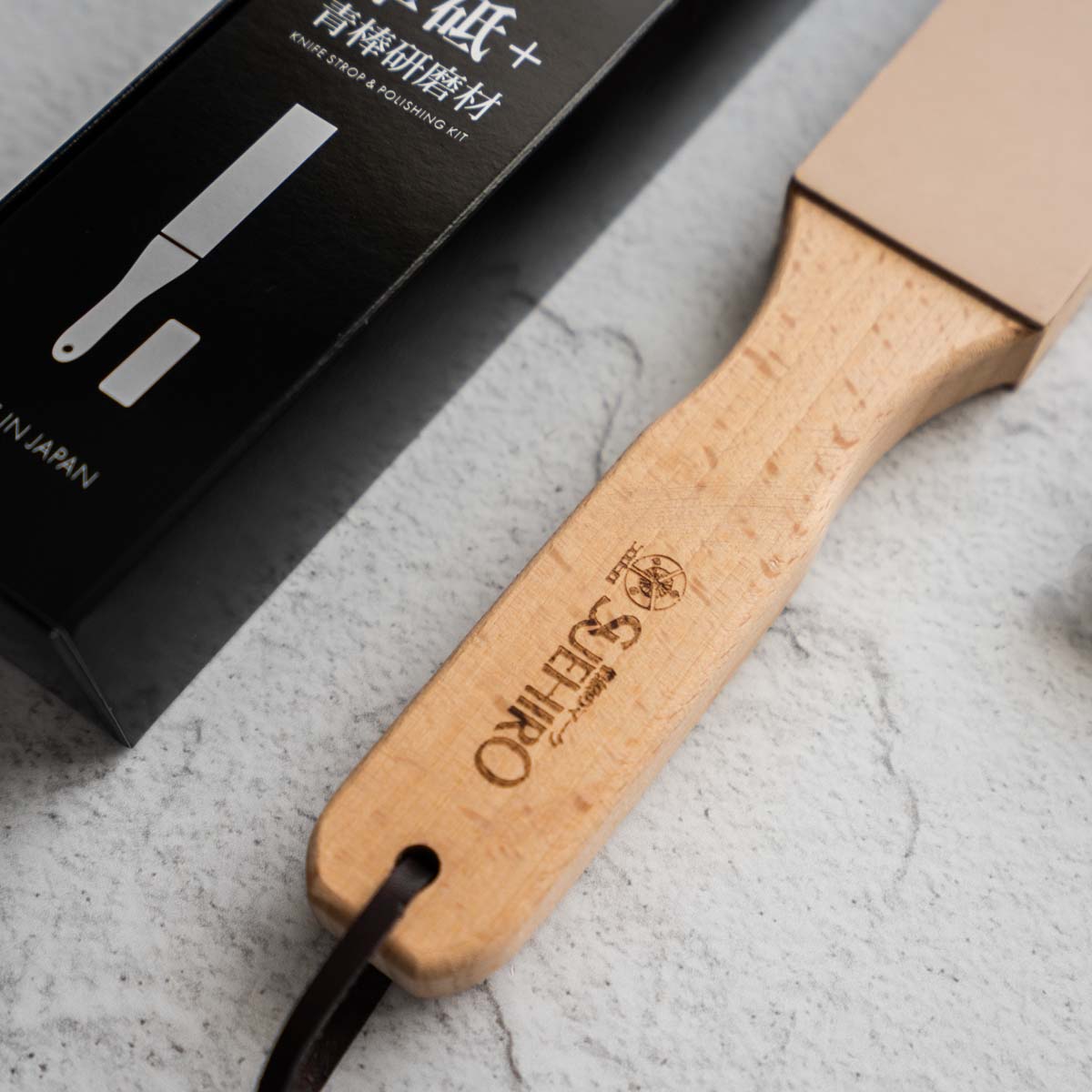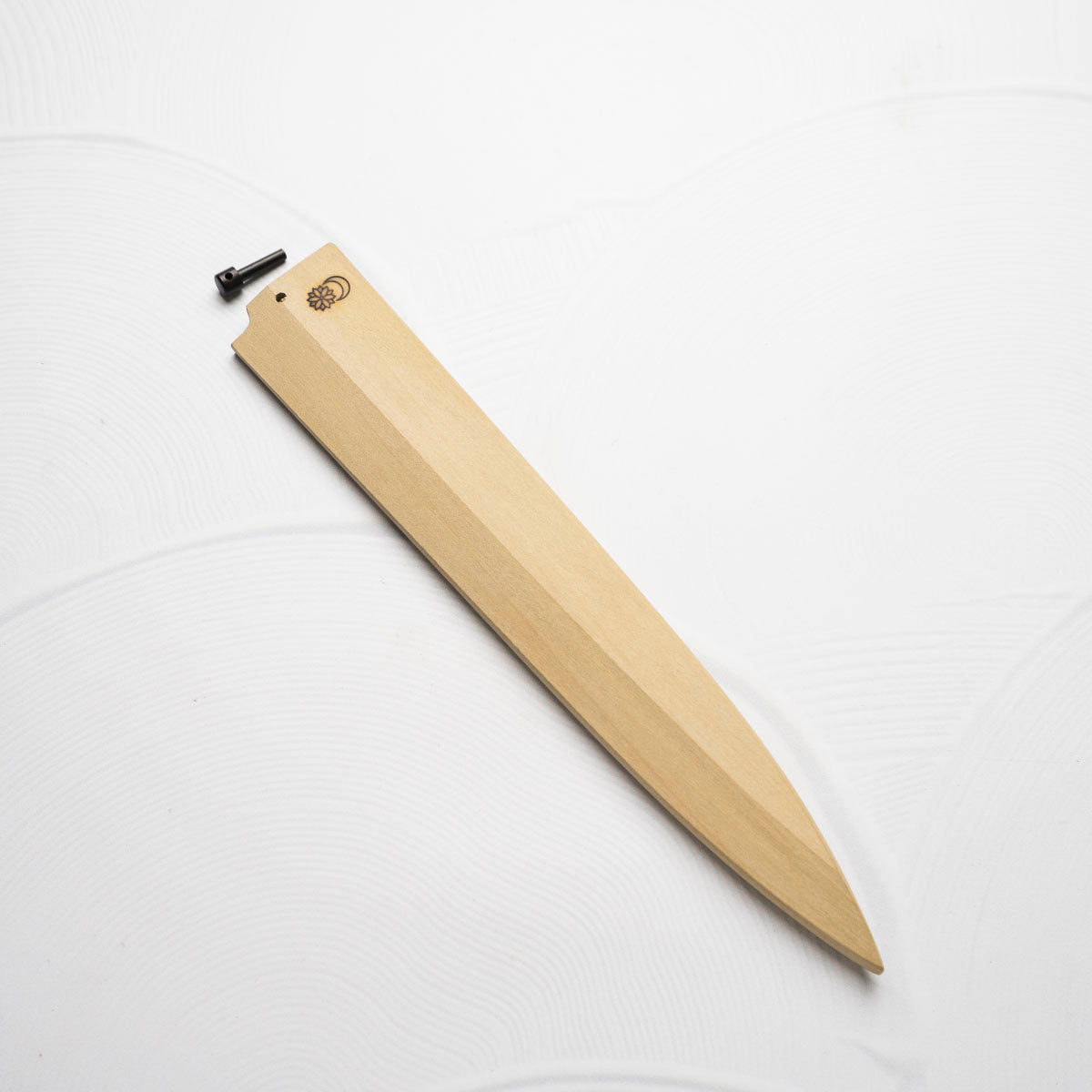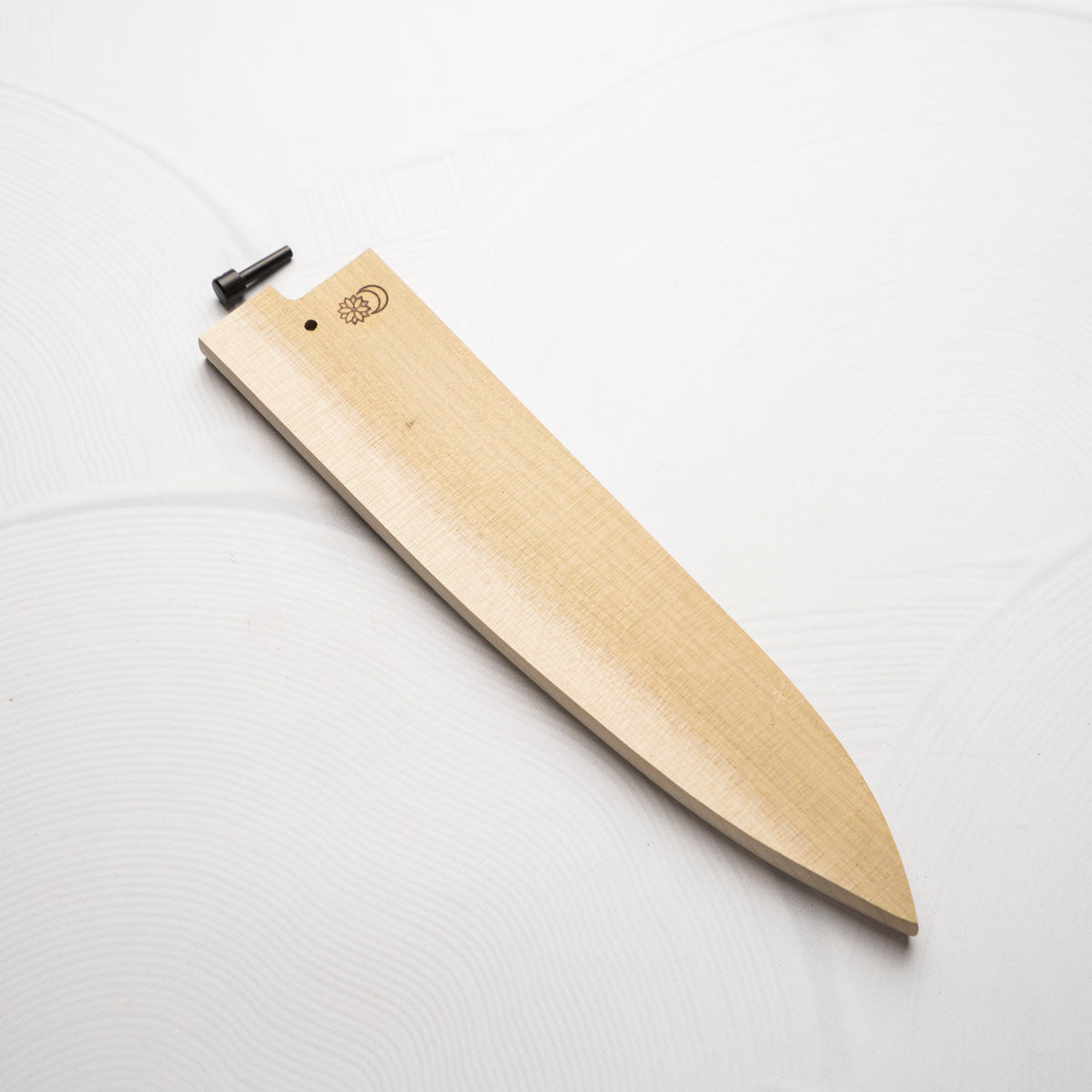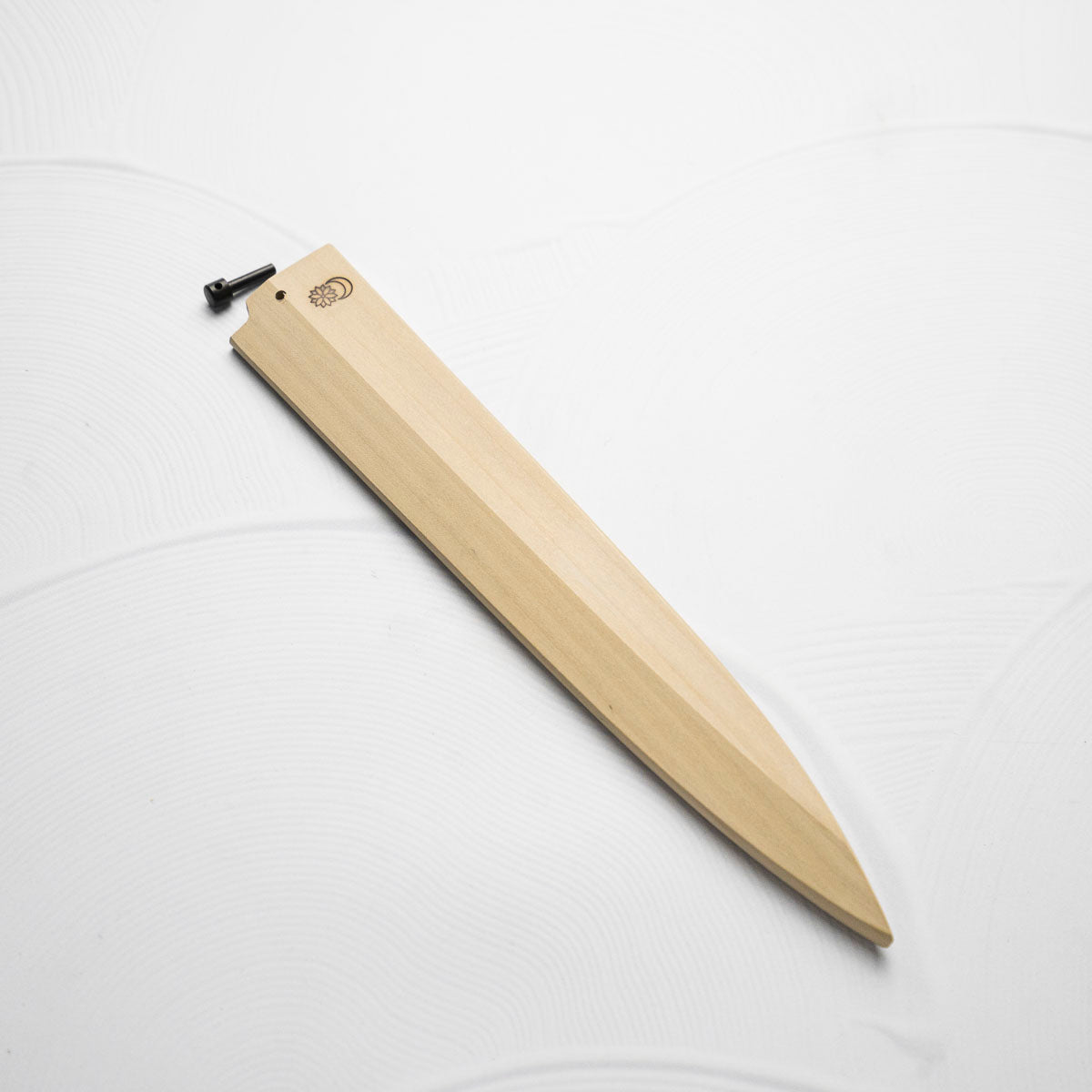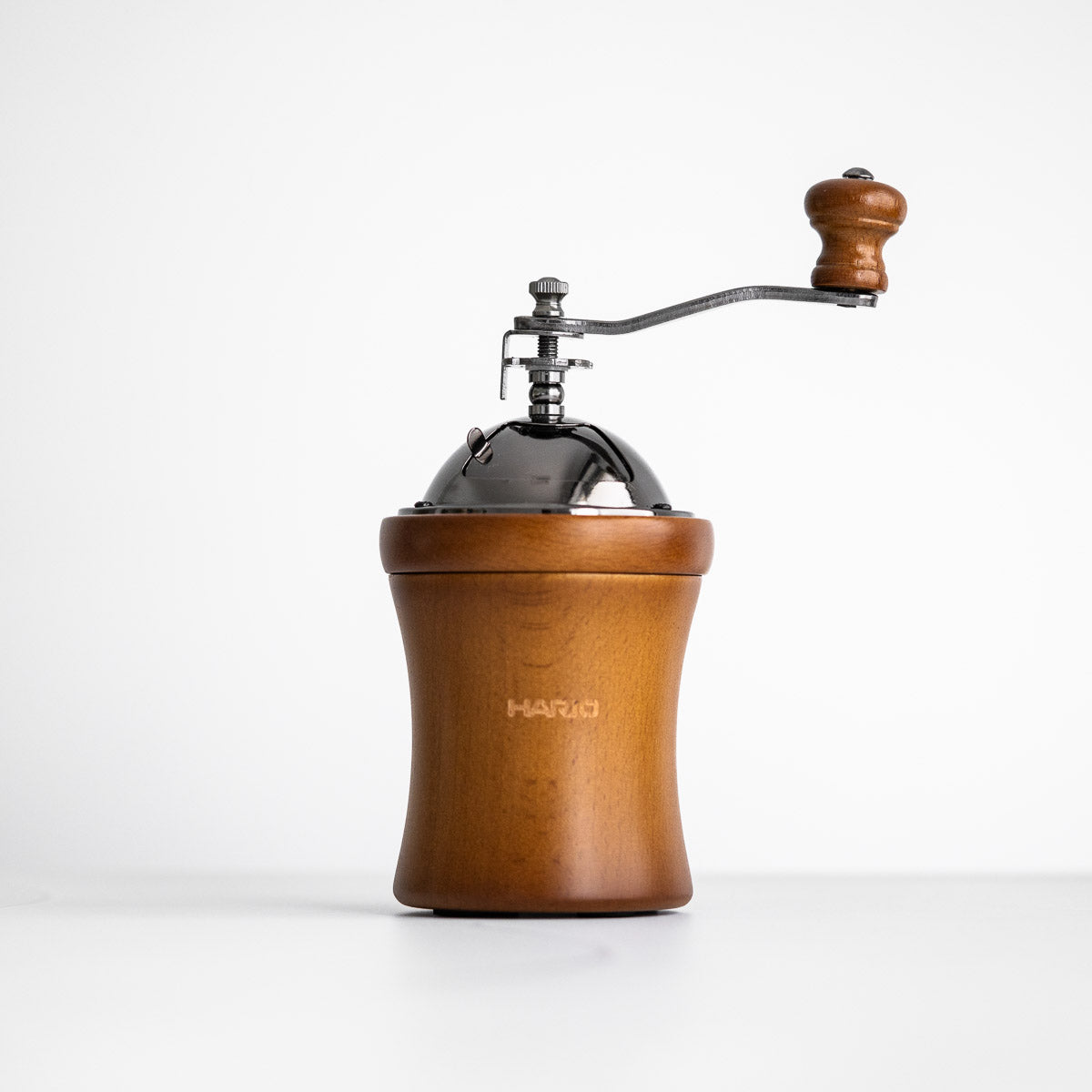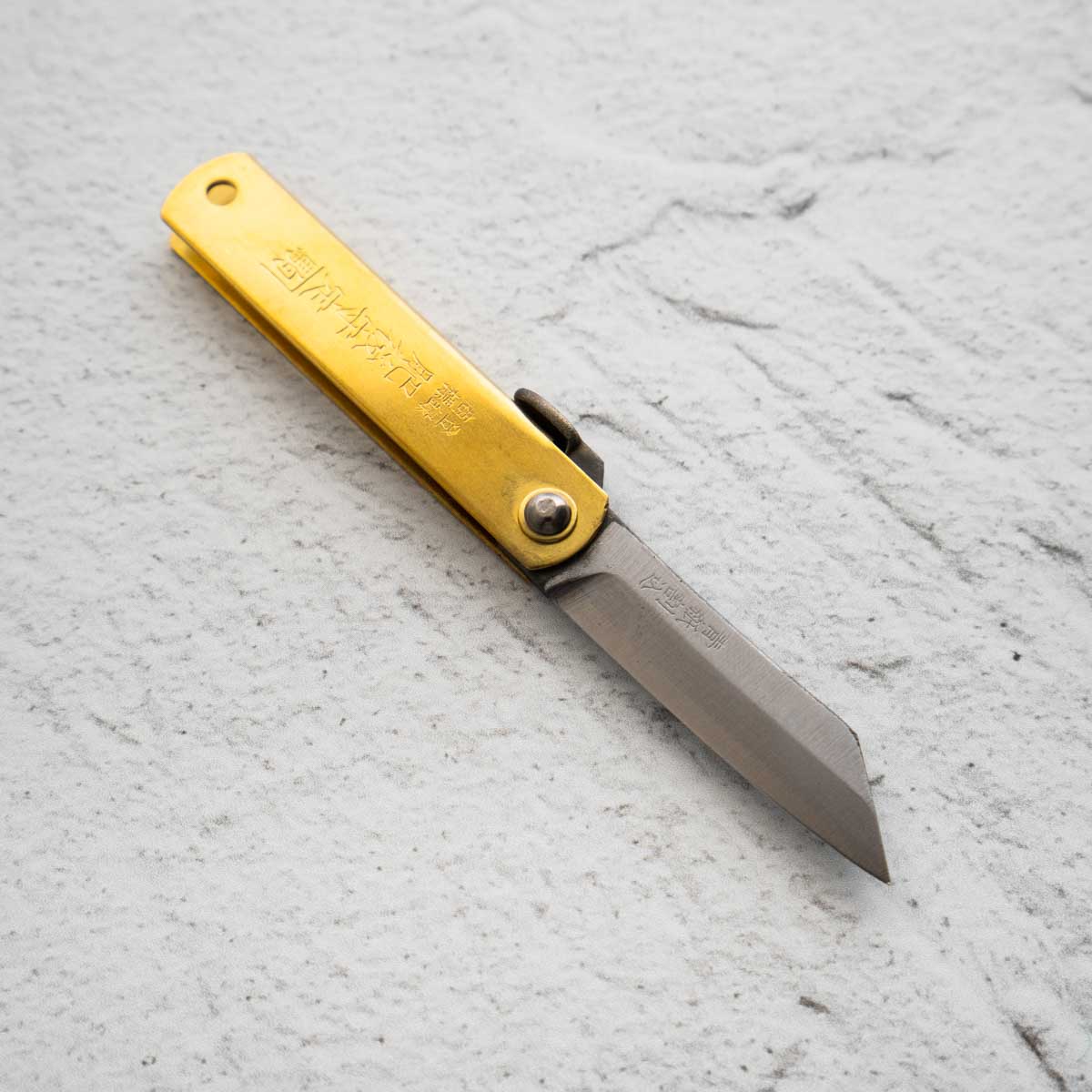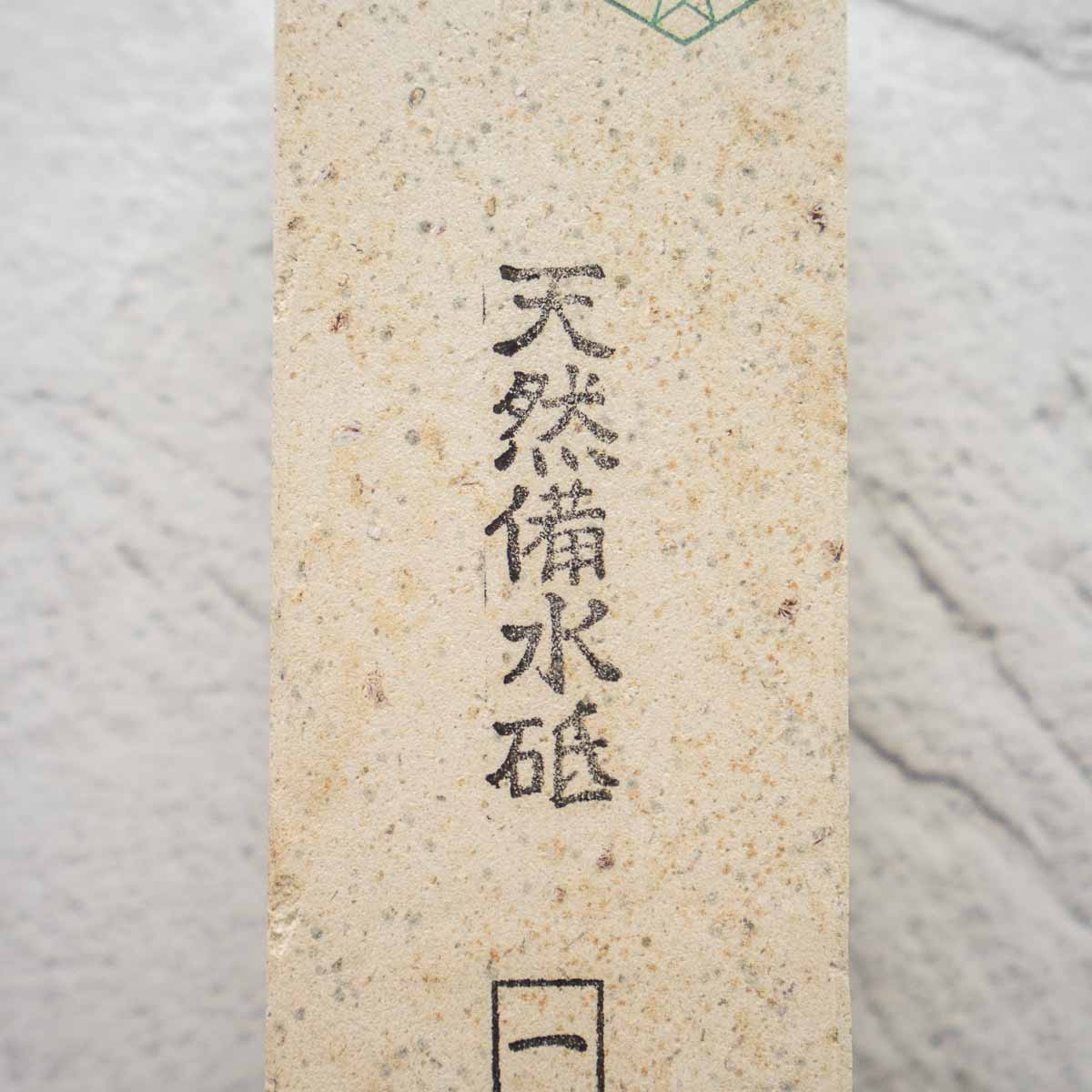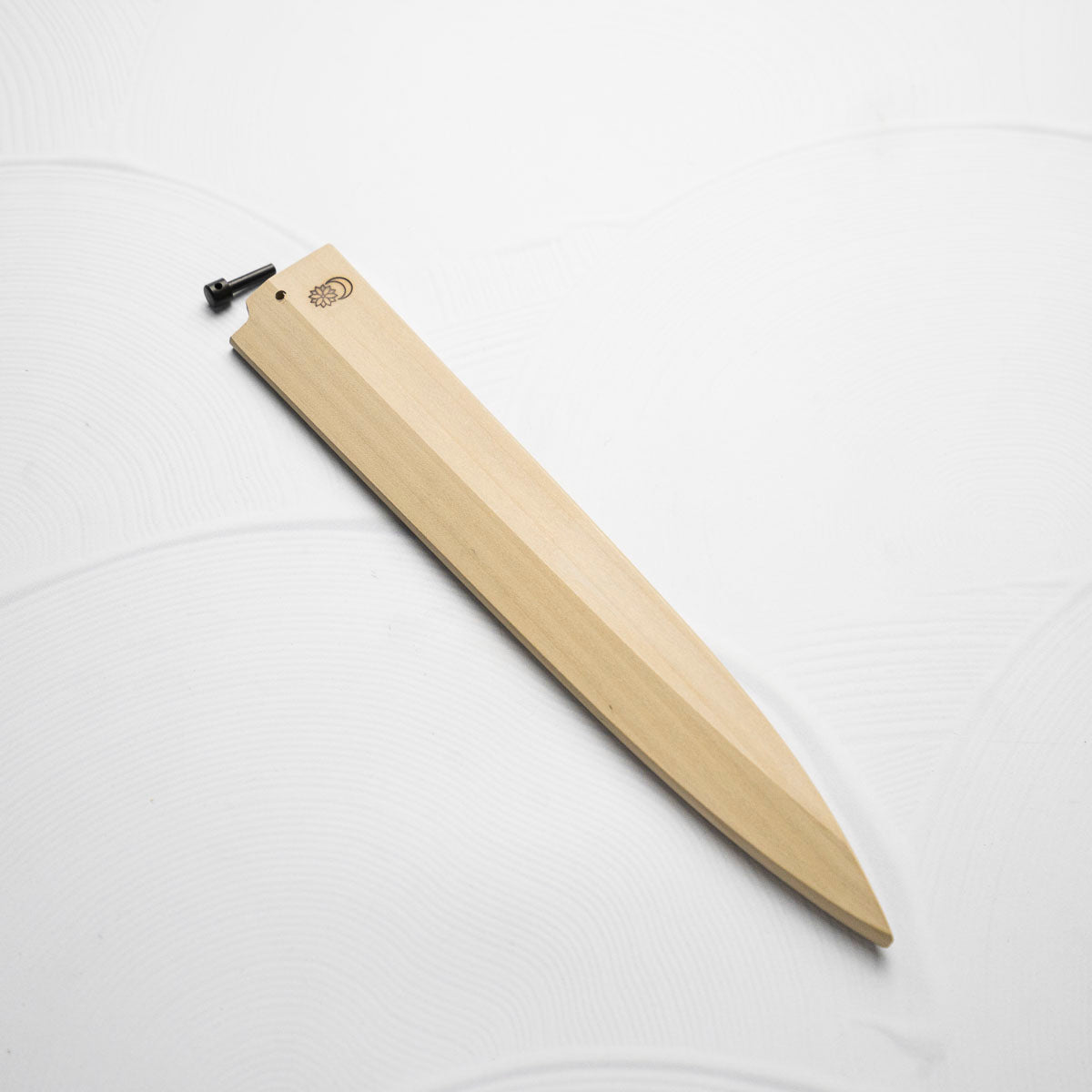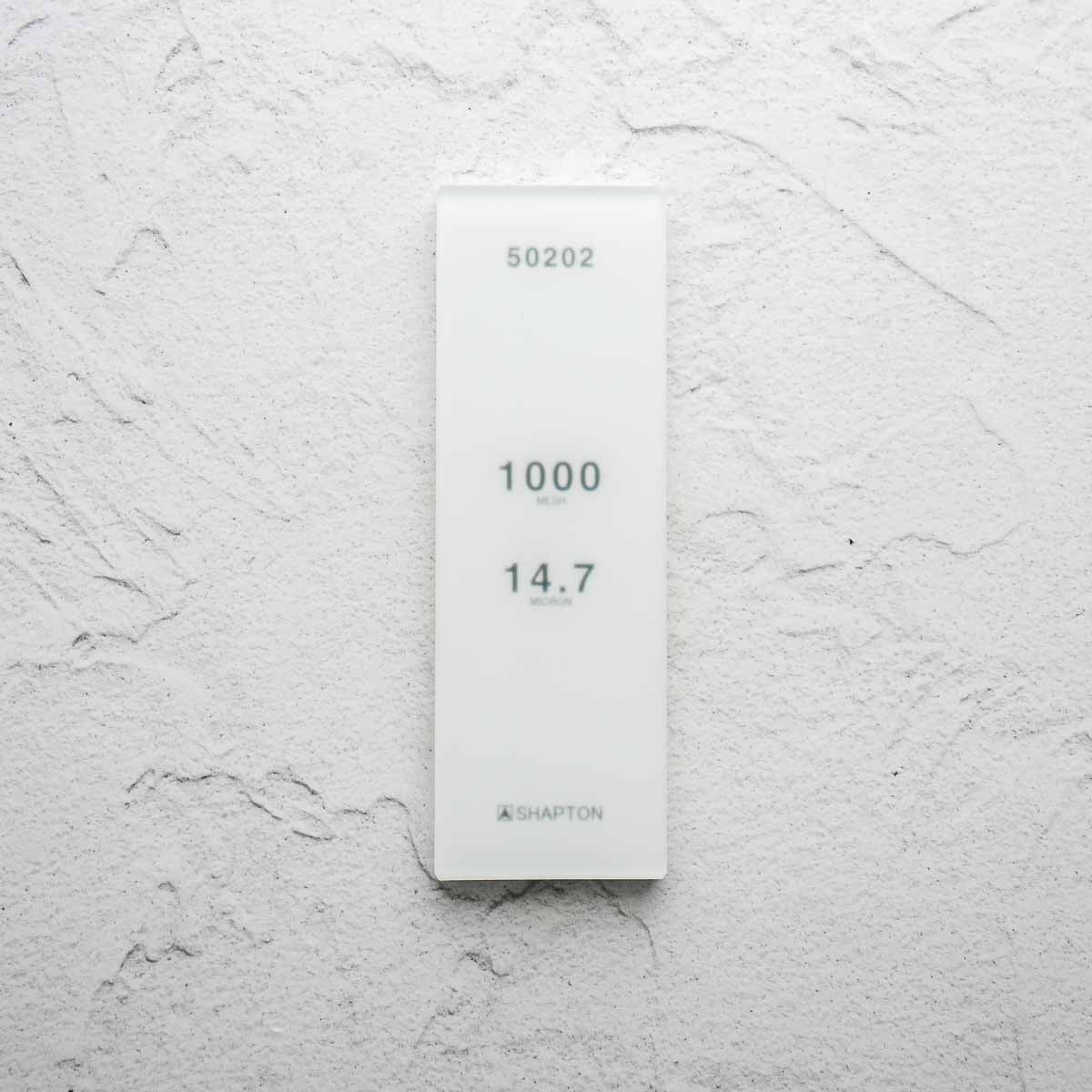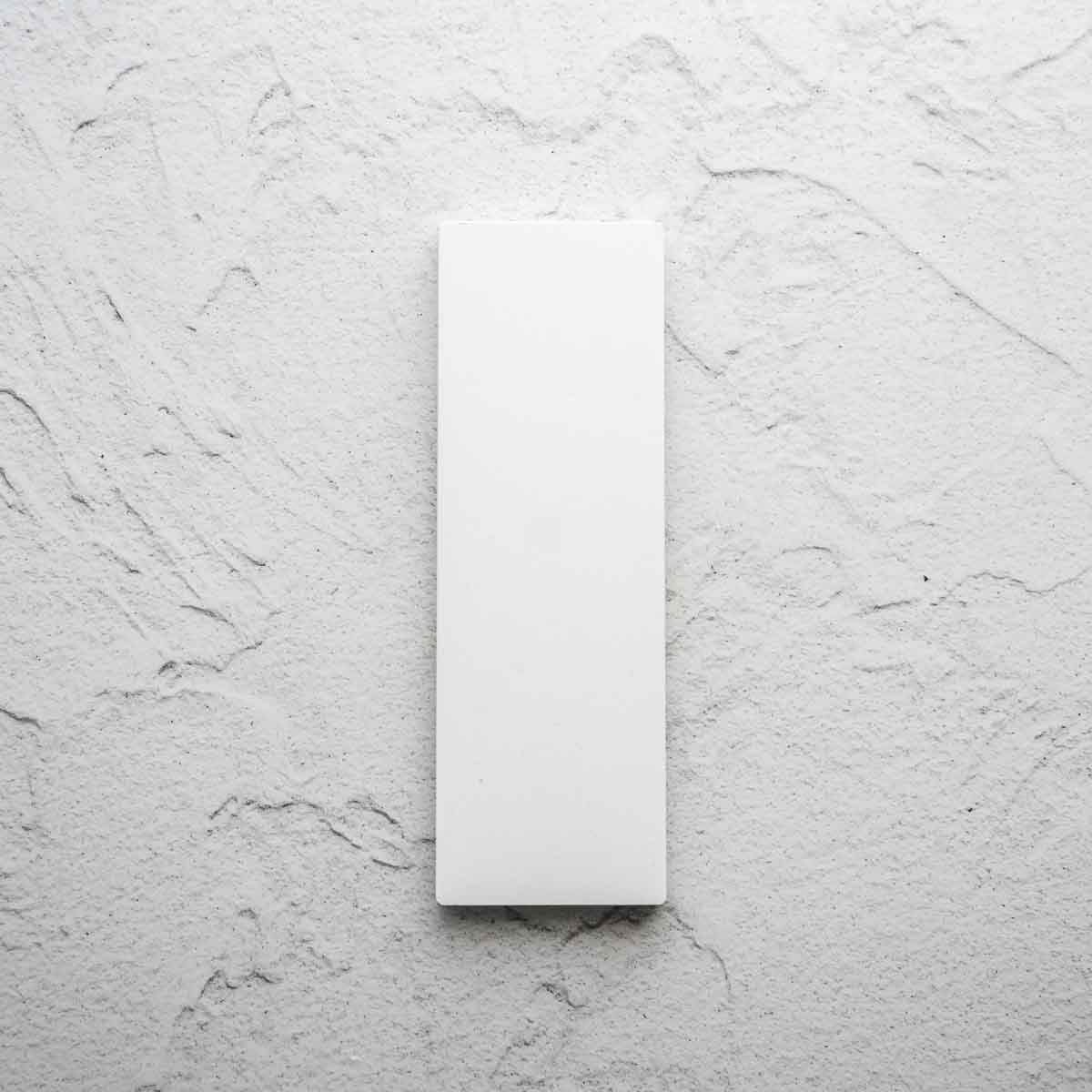Sort by:
295 products
295 products
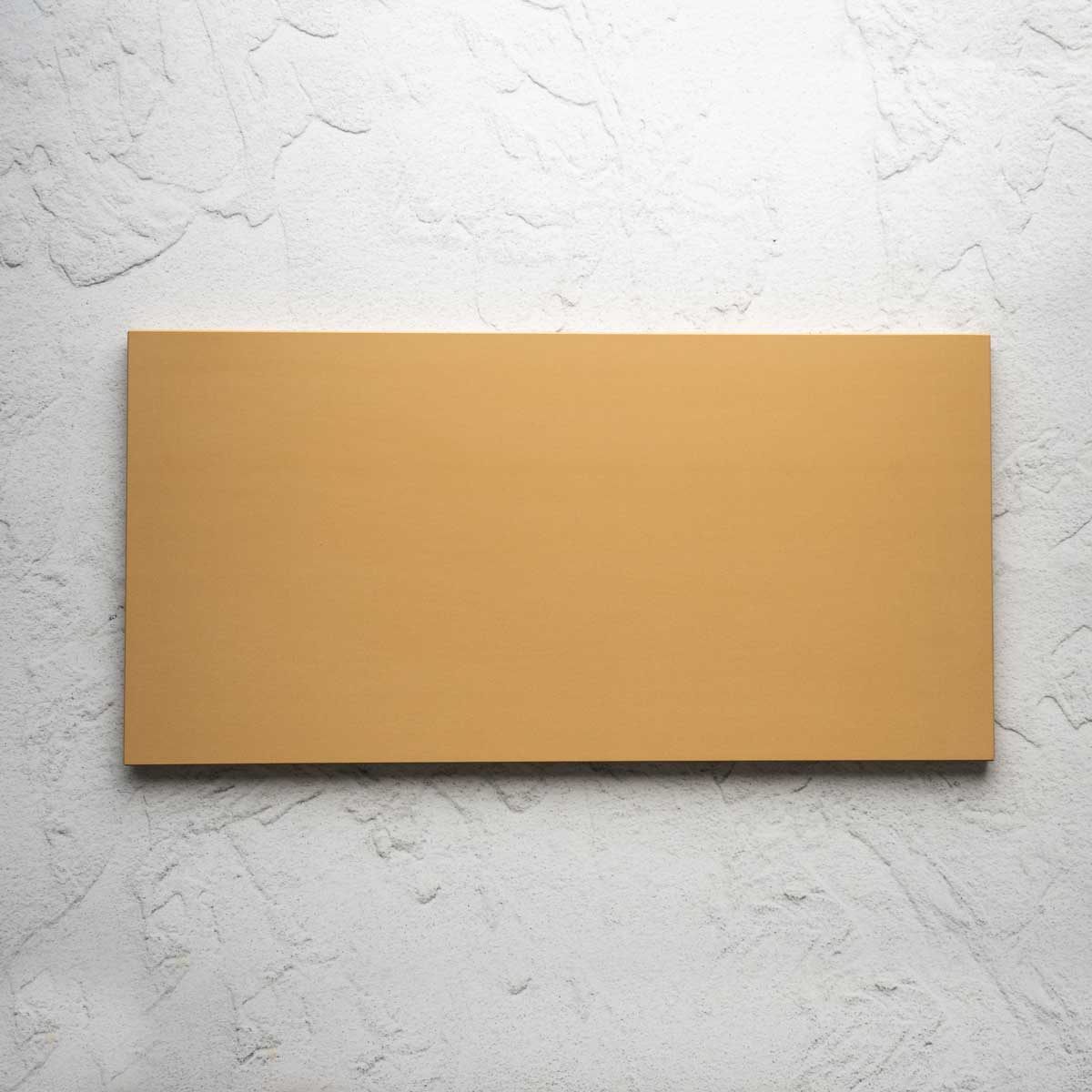

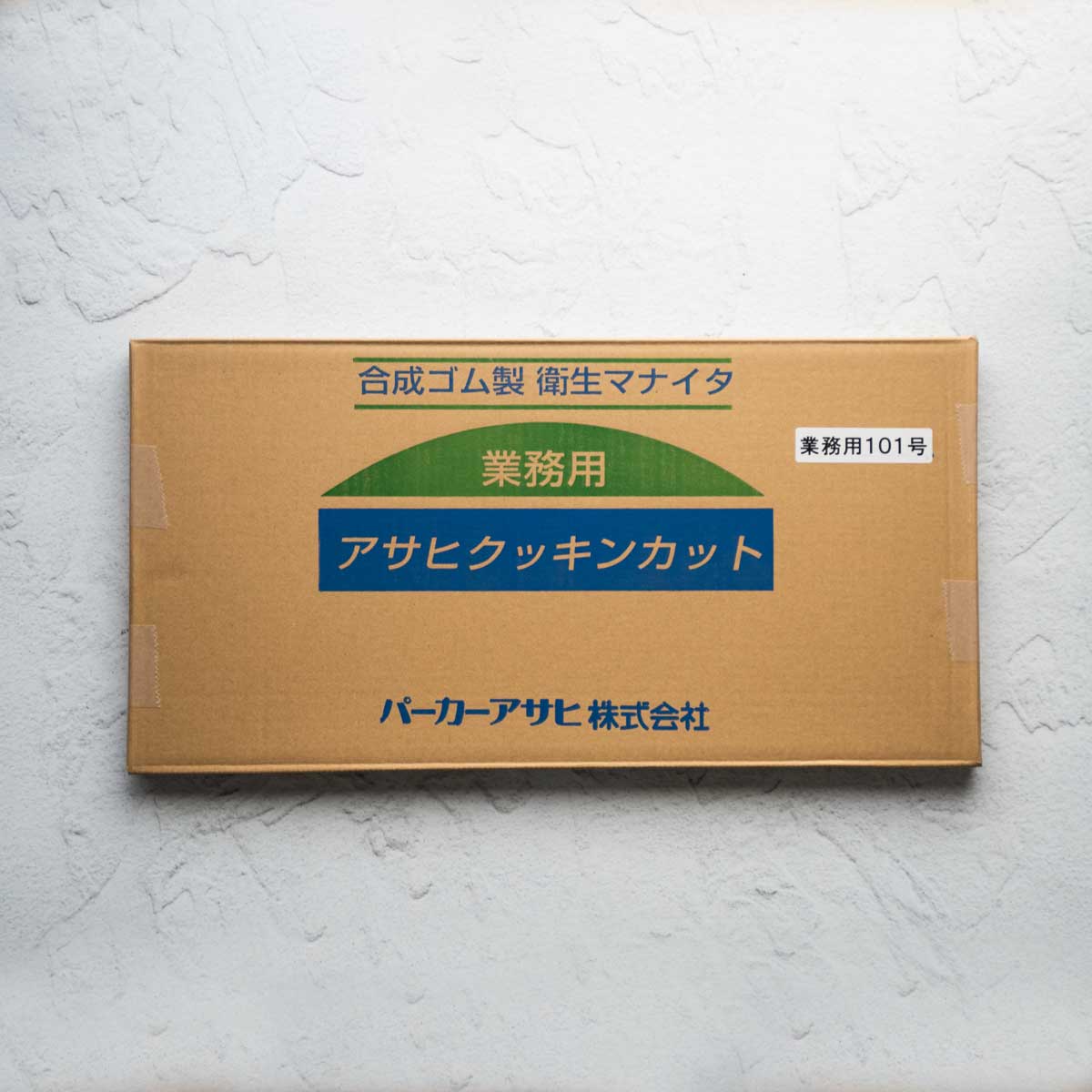
Asahi Professional Synthetic Rubber Cutting Board - 600x330x15
Asahi Professional Synthetic Rubber Cutting Board - 600x330x15
*AVAILABLE TO AUSTRALIAN CUSTOMERS ONLY. WE CANNOT SHIP THESE INTERNATIONALLY*
Asahi have been manufacturing synthetic cutting boards for Japanese knives for over 50 years. Over this span of time they have refined their products and now offer some of the best quality cutting boards in the world.
There are some great benefits to using a synthetic board:
- They are Antibacterial/Mould resistant. This is a huge advantage over wooden cutting boards that hold bacteria even after washing.
- Easy on knives. They have a wood-like texture and good feedback.
- They are scratch and wear resistant, and very tough. A test was completed after 50,000 cuts in a controlled environment, and the synthetic board had approximately 66% less wear depth.
- Stability. These boards are weighty, they don't slide around on the bench.
For full care instructions and product information please see the link below:
http://www.parker-asahi.co.jp/pdf/Elastic_Rubber_Chop_Board_en.pdf
Knife Information
1894- Mr. Tasaburo Shigematsu, a hardware wholesaler, introduced a new pocket knife with its blade and sheath folded by installing a small handle “Chikiri (tail)” on the blade, while inspired by the knife he brought back from Kagoshima.
He named it “Higonokami Knife” because many of his customers were in Kumamoto area (formally Higo country), which turned out to dramatically increase his sales. The blades have gradually changed their shapes. Unlike single-edged knives, the double-edged blades (V-shaped cross section) were in those days considered common. The earlier blades had a sharper tip (shape of a bamboo leaf), but now they have square shapes. The sheaths had a vertically folding style and a cross folding style, now the vertical one has to be custom made.
In 1911, at the First Kobe Export Articles Competitive Exhibition, Crown Prince (later Emperor Taisho) liked Higonokami on display very much and bought one, which is said to have helped its fame further spread.
The Higonikami is a fantastic traditional utility knife at a low cost.
Specifications
| Style: | Higonokami |
| Blade Length: | 70mm |
| Weight: | 47g |
| Bevel: | Double Bevel |
| Blade Material: | Aogami (Blue) Steel |
| Handle Material: | Brass |
Knife Information
1894- Mr. Tasaburo Shigematsu, a hardware wholesaler, introduced a new pocket knife with its blade and sheath folded by installing a small handle “Chikiri (tail)” on the blade, while inspired by the knife he brought back from Kagoshima.
He named it “Higonokami Knife” because many of his customers were in Kumamoto area (formally Higo country), which turned out to dramatically increase his sales. The blades have gradually changed their shapes. Unlike single-edged knives, the double-edged blades (V-shaped cross section) were in those days considered common. The earlier blades had a sharper tip (shape of a bamboo leaf), but now they have square shapes. The sheaths had a vertically folding style and a cross folding style, now the vertical one has to be custom made.
In 1911, at the First Kobe Export Articles Competitive Exhibition, Crown Prince (later Emperor Taisho) liked Higonokami on display very much and bought one, which is said to have helped its fame further spread.
The Higonikami is a fantastic traditional utility knife at a low cost.
Specifications
| Style: | Higonokami |
| Blade Length: | 74mm |
| Weight: | 53g |
| Bevel: | Double Bevel |
| Blade Material: | Laminated SK Carbon Steel |
| Handle Material: | Black Nickel |
Knife Information
These handmade Japanese micro scissors were originally designed many years ago for use as thread scissors, however they are widely used in commercial kitchen environments as herb scissors.
Specifications
| Style: | Thread Scissor |
| Blade Length: | 125mm |
| Weight: | 30g |
| Blade Material: | Carbon Steel |
About the Natsuya
The Amakusa is a natural whetstone used at the start of a natural stone progression. They are of slighter higher hardness and are fast cutting.
All natural stone sales are final, we try to provide the best possible representation of the stone via our images.
*Available to Australian customers only - International customers please contact us to purchase*
Accessories Information
This synthetic/natural powder (Mikawa Nagura) blend is a perfect finisher for most carbon steels. Designed to be used after the 3000 grit Ikyu Shin Nagura.
These are soaking stones on the softer side which are best used with a slurry, so use a lapping plate or Nagura stone.
Knife Information
These handmade Japanese micro scissors were originally designed many years ago for use as thread scissors, however they are widely used in commercial kitchen environments as herb scissors.
Specifications
| Style: | Thread Scissor |
| Blade Length: | 105mm |
| Weight: | 20g |
| Blade Material: | Carbon Steel |
This mill has a rounded wooden body with ceramic burrs. The center of the mill is thin, which makes it easy to hold in place. The burrs are ceramic, meaning they won't damage your coffee beans with heat caused by friction as you grind them.
Width: 14.3 cm
Height: 20.8 cm
Diameter: 8.8 cm
Capacity: 35g of coffee beans
Weight: 0.4kg
Material: Wooden handle grip. Ceramic burr. Steel shaft, hopper, locking screw, stopper, handle, grind adjustment nut.
Full instructions: https://global.hario.com/product/MCS_MCD.pdf
Knife Information
1894- Mr. Tasaburo Shigematsu, a hardware wholesaler, introduced a new pocket knife with its blade and sheath folded by installing a small handle “Chikiri (tail)” on the blade, while inspired by the knife he brought back from Kagoshima.
He named it “Higonokami Knife” because many of his customers were in Kumamoto area (formally Higo country), which turned out to dramatically increase his sales. The blades have gradually changed their shapes. Unlike single-edged knives, the double-edged blades (V-shaped cross section) were in those days considered common. The earlier blades had a sharper tip (shape of a bamboo leaf), but now they have square shapes. The sheaths had a vertically folding style and a cross folding style, now the vertical one has to be custom made.
In 1911, at the First Kobe Export Articles Competitive Exhibition, Crown Prince (later Emperor Taisho) liked Higonokami on display very much and bought one, which is said to have helped its fame further spread.
The Higonikami is a fantastic traditional utility knife at a low cost.
Specifications
| Style: | Higonokami |
| Blade Length: | 50mm |
| Weight: | 35g |
| Bevel: | Double Bevel |
| Blade Material: | Aogami (Blue) Steel |
| Handle Material: | Brass |
About the Natsuya
The Binsui is a natural whetstone that is used after lower grit stones, they form the base of a natural stone polish and are of a higher hardness.
All natural stone sales are final, we try to provide the best possible representation of the stone via our images.
*Available to Australian customers only - International customers please contact us to purchase*
Accessories Information
The GlassStone series of sharpening stones uses a revolutionary design to provide great usability within a thin package formed from a combination of glass layers. The conventional image is that sharpening stones are large and heavy, but GlassStones are not only thin and light, but also strong, as layers of tempered glass are stuck together. GlassStones therefore have strong resistance to cracking or sudden breakage caused by external shocks such as being dropped.
Shapton stones do not need to be soaked except the very first time after purchase. We do recommend that on first use, you pre-soak the stone in water for five to six minutes to secure even smoother sharpening. Shapton stones do not need a Nagura Stone, and lapping with a Nagura Stone will leave the surface rough and ragged.
- Overall size: 210 x 70 x 10mm
- Abrasive layer: 5mm
- Micron: 14.7
- Mesh: 1000
- 360g
Chef's Edge
We pride ourselves on offering an unparalleled selection of Japanese knives. From the versatile Gyuto and the precise Santoku to specialized knives like the Nakiri and Yanagiba, each knife is handpicked for its quality and performance.



